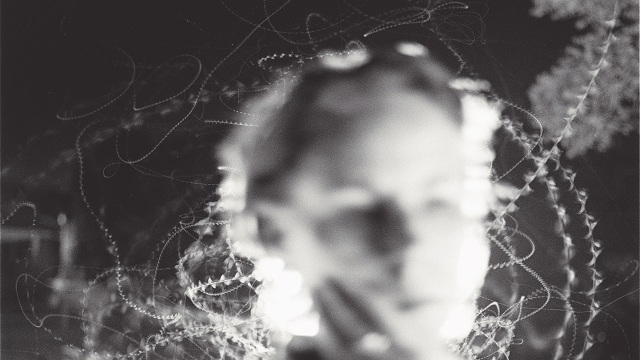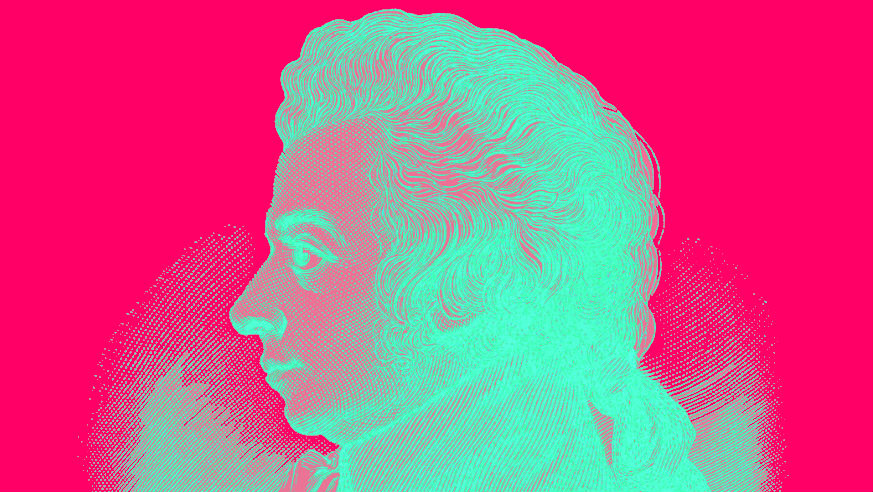In this segment from his Floating University lecture, Leon Botstein explores what makes an artist good. “Eventually you can look at your own photograph that you took of your friend or your parents or a sibling with your camera in your cell phone and realize it isn’t quite the same as a portrait by Irving Penn or by Diane Arbus. There is something about what they did with the same basic medium that shows you that there is something you might learn, you might think about, you might be able to do it yourself,” he says.
Clearly the more you think about each separate art form, movies, films, buildings, music, painting, sculpture, performance art you develop sensibilities, criteria. There was a great example for example in the case of the composer Mozart. He had a pupil, Thomas Atwood who became a court composer in England during the reign of Victoria. He was a fine musician, but not a great talent, perfectly fine craftsman and wrote a fair amount of music, none of which has survived, but very competent. Now his music is art music. It’s fine. It’s good. It’s interesting. It is historically interesting because every age has its own artistic currents and it is very interesting to understand the past. Art is a terrific instrument for getting under the skin so to speak of a past era.
Now Thomas Atwood studied with Mozart. Now Mozart was not much of a teacher. He did it only for the money and the strange thing about Thomas Atwood is that it’s the one complete record because he was English and very meticulous he kept his lessons with Mozart. It’s the only record we have of Mozart teaching. We don’t have any real records of Beethoven teaching. We have people telling us sort of what he did, but he was not a systematic teacher. In Mozart he gave Atwood lessons and exercises and there is a great example of a minuet dance in which he gave Atwood a baseline and asked him to fill it out. You have one line. You had to fill it out and give it melody, so he gave him a baseline, a kind of foundation in which to write the minuet, which is a dance in three meter and the fascinating thing is when Mozart was correcting it he made slight changes and if you play Atwood’s exercise that he gave back to Mozart and Mozart’s just to fill the time, just think about it, editing and changing of it you see the difference between the ordinary and the great and blindfold and audience who has listened to a lot of 18th century minuets will identify the Mozart one right away.





